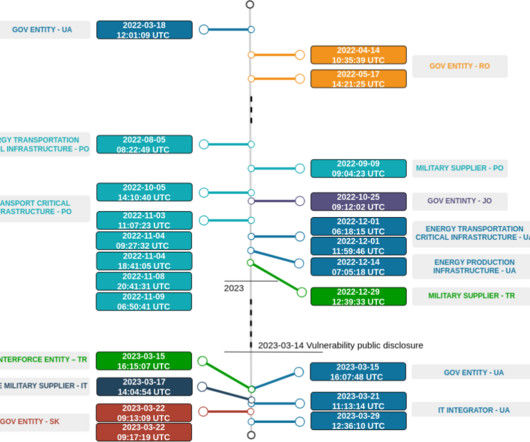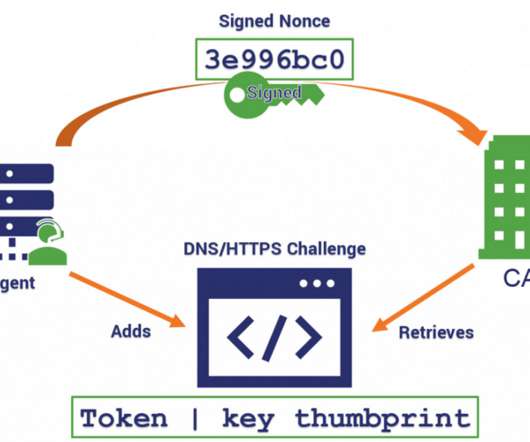IT threat evolution Q3 2023
SecureList
DECEMBER 1, 2023
For most implants, the threat actor uses similar implementations of DLL hijacking (often associated with ShadowPad malware) and memory injection techniques, along with the use of RC4 encryption to hide the payload and evade detection. libssl.dll or libcurl.dll was statically linked to implants to implement encrypted C2 communications.

















Let's personalize your content